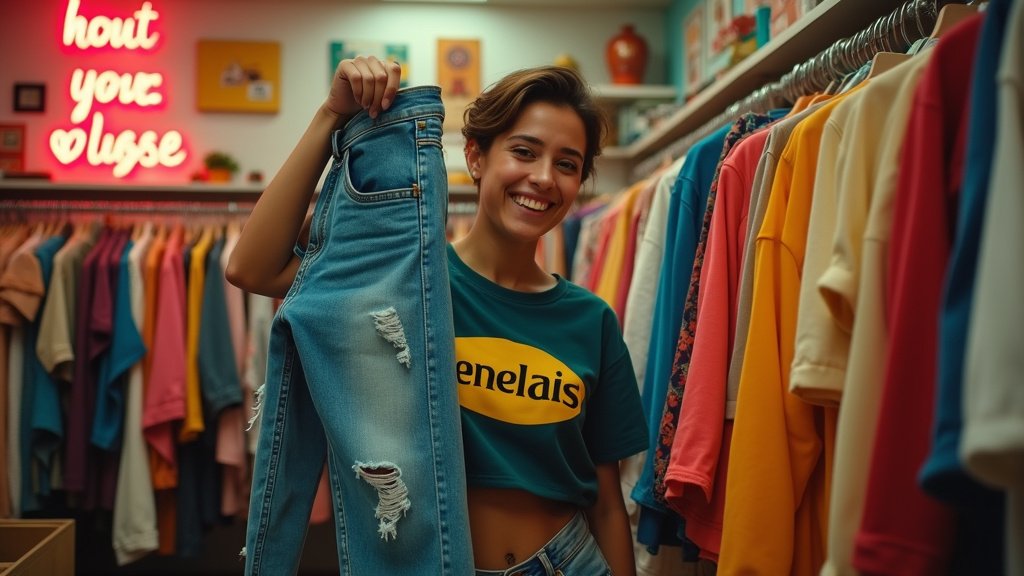Y2K Revival: How Gen Z is Turning Your Old Clothes into Trendy Treasures
The fashion world is once again looking to the past, and this time, it’s the vibrant, often bold styles of the late 1990s and early 2000s – the Y2K aesthetic – that are experiencing a significant resurgence. Particularly among Generation Z, a fascination with miniskirts, chunky sandals, and statement pieces emblazoned with prominent branding is driving a new wave of style. This trend isn’t just about nostalgia; it’s deeply intertwined with a growing consciousness around fashion sustainability.
The Cyclical Nature of Fashion
Industry experts point to the predictable, approximately 20-year cycle that governs fashion trends. Just as ’90s styles paved the way for the current Y2K focus, the styles of the early 2000s are now re-emerging, refreshed and reinterpreted by a new generation. This cyclical nature means that what was once considered current is now finding new life and appreciation.
Secondhand Markets and Sustainability
A key driver of the Y2K revival is its strong connection to secondhand markets. Young consumers are actively seeking out these vintage pieces, giving them a new lease on life and reducing the environmental impact associated with fast fashion. This preference for pre-loved items reflects a broader societal shift towards more sustainable consumption habits, a value particularly resonant with Gen Z.
The trend is also being inadvertently fueled by demographic shifts. As baby boomers downsize their homes, they often make their children’s old belongings available. This can include wardrobes full of clothing from decades past, which are now being rediscovered and curated by a generation eager to find unique, affordable, and sustainable fashion.
Quality and Quantity: A Mixed Bag
While the Y2K era was characterized by the rise of fast-fashion economics, leading to some items being produced with lower quality standards, there are notable exceptions. Denim from this period, in particular, is often cited for its superior quality and durability. This makes vintage denim pieces particularly sought after, offering both style and longevity.
The Future of Y2K Fashion
Looking ahead, fashion analysts predict that the Y2K aesthetic will not necessarily be adopted wholesale. Instead, elements of this style are expected to be integrated into broader personal fashion expressions. This means individuals will likely pick and choose specific Y2K-inspired pieces to complement their existing wardrobes, creating unique and personalized looks rather than adhering to a strict revival of the entire era’s fashion.
This trend highlights a dynamic interplay between nostalgia, sustainability, and the ever-evolving landscape of fashion. What was once considered ‘old’ is now firmly trending, offering a profitable avenue for those who have held onto their Y2K treasures, and a stylish, conscious choice for a new generation shaping the future of style. This resurgence is more than just a fleeting trend; it’s a reflection of changing consumer values and the enduring appeal of styles that defined a generation, with places like Oregon seeing a renewed interest in vintage apparel markets. The news in fashion continues to be about rediscovery and mindful consumption.




